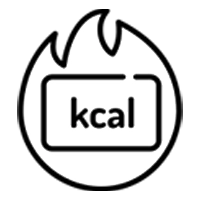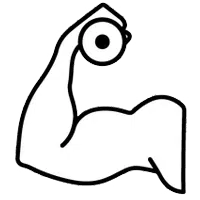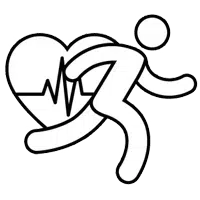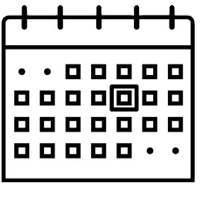Show summary Hide summary
Which muscle group are we activating when doing step aerobics?
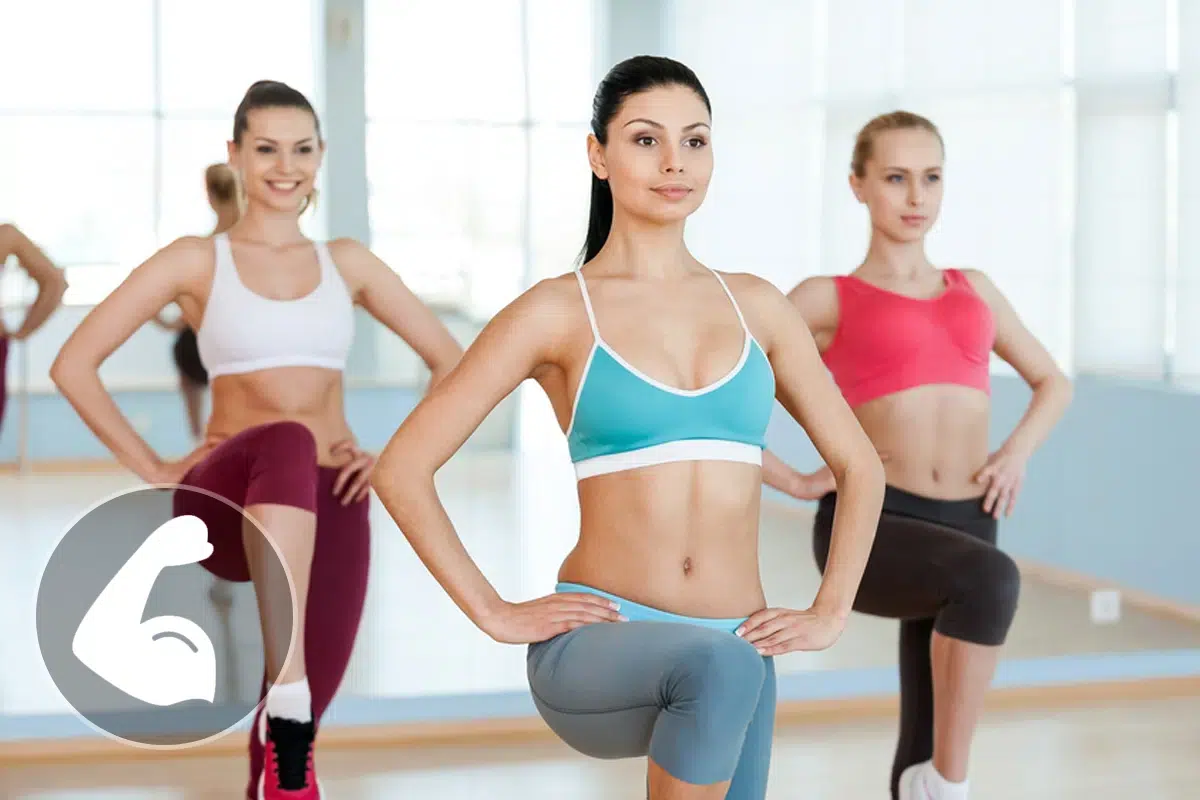
Everything you need to know about step training
What muscles does step aerobics work? What parts of the body are engaged and toned with step aerobics? Use the tool below to see the list of all the body parts that are used when doing step aerobics!
Step aerobics for fitness and strength building
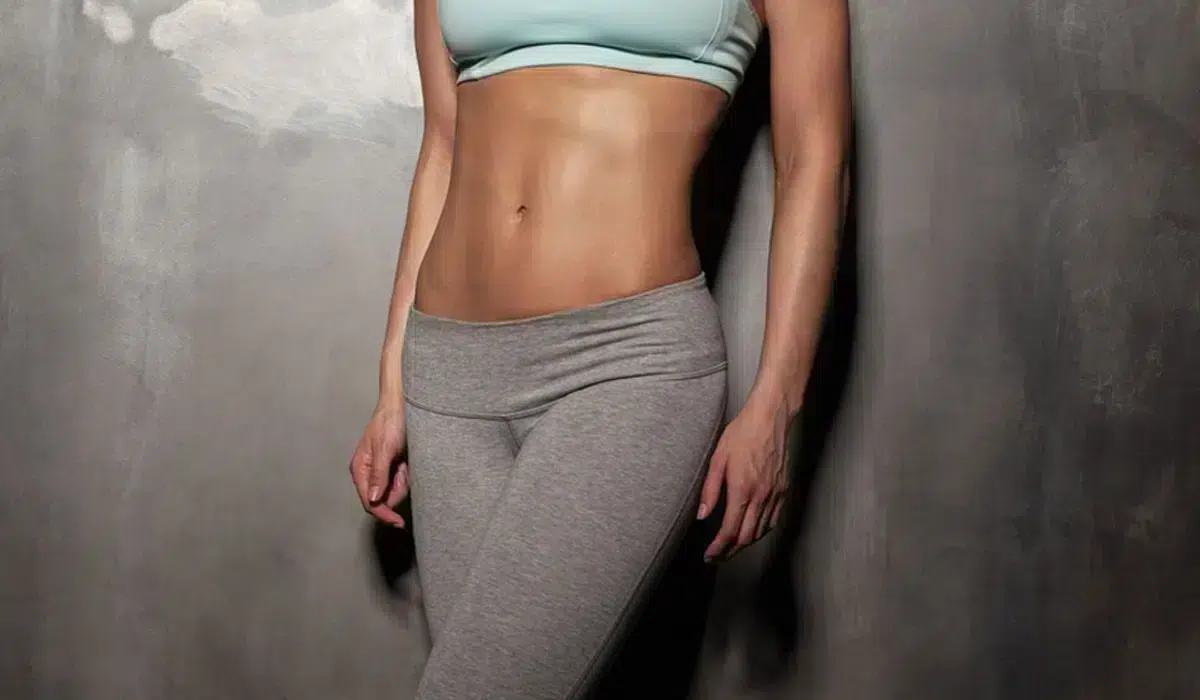
What muscles are we exercising when doing step training?
Depending on the sport you practice, certain areas of the body will be called upon more than others, but what about step training? Will you tone and refine your figure when you practise step training? Below is a list of the muscles and muscle groups strengthened and sculpted with step training!
Upper limbs (shoulders, arms and forearms)
- Biceps: These muscles on the front of the upper arm are surrounded by two joints (scapulohumeral, elbow). The biceps comprise two muscles (long biceps and short biceps) that help flex and rotate the arms.
- The triceps Located on the inner side of the arm, they comprise three muscles (vastus lateralis, vastus internus and long head of triceps) which complement the flexor role of the biceps brachii. The triceps allow forearm extension.
Trunk and pelvis (Chest, stomach and back)
Lower limbs (glutes, thighs and calves)
- Gluetes: Located at the intersection of the lower limbs and the trunk, the gluteal muscles (gluteus maximus, gluteus medius and gluteus minimus) are among the largest and most powerful muscles in the body. In particular, they provide mobility for the thigh and support for the pelvis.
- Quadriceps: Located at the front of the thigh, the quadriceps is made up of 4 muscles (vastus femoris or rectus femoris, vastus lateralis, vastus medialis and vastus intermedius). These muscles facilitate flexion of the thigh over the hip, as well as extension of the leg over the thigh.
- Hamstring muscles: Located on the back of the thigh, there are four hamstring muscles (biceps femoris, semitendinosus and semitendinosus). They ensure leg flexion and thigh extension.
- Calf muscles: also known as the sural triceps, the calf muscles comprise 3 muscle fascicles, including the soleus and gastrocnemius. These muscles help extend the foot down the leg
Step training is not only a great workout, it’s also an excellent sport for strengthening the lower body. The generally high-paced sequences build up strength in the glutes, thighs, calves and arms.
Everything you need to know about step training
All sports in detail!






